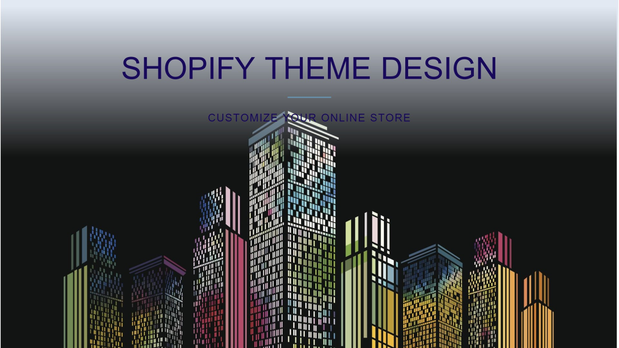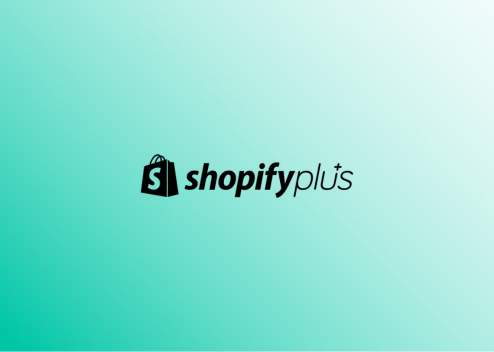
- Article published at:
A focused guide to the Israeli market, payments, shipping, VAT, localization, and apps that save time and money.
Reading time: ~6 minutes
TL;DR: For most businesses in Israel, Shopify is a great value: the strengths are quick setup, scale, a huge app ecosystem, connection to sales channels, and simple operation. The challenges are costs that can grow with apps, advanced content management, and local payment considerations. With the right choices in the app set and payment and shipping connections tailored to Israel, this is an excellent platform for growth.
What is Shopify and how is it relevant to Israel?
Shopify is a managed eCommerce platform that takes the headache out of servers, security, and updates. This allows you to focus on your product, marketing, and operations. This is significant for the Israeli market, because you can go live quickly with a store in Hebrew, RTL, and in shekel currency.
Quick setup: A basic store can be up and running in just a few days.
Hebrew and RTL: Right-to-left orientation support, including Hebrew phonetics.
Currency: ILS, with local display of prices and tax display.
Payments in Israel, what is important to know
In Israel, we work with local clearing providers and digital wallet solutions alongside PayPal and credit cards.
Common clearinghouses: PayPlus, CardCom, Tranzila, Pelecard, Meshulam.
Wallets and Express: PayPal, Apple Pay, and Google Pay as supported by the carrier and browser.
Tax invoices: Integrations to services such as iCount, Green Invoice, Priority, SAP Business One using connectors.
18% VAT: Correct presentation of prices with or without VAT according to the target audience, and compliance with local tax requirements.
Tip!: Set up payments with a minimum of clicks, verify policy pages in Hebrew, and receive confirmation of proper management of fees and returns.
Shipping and distribution, Israeli players
Connecting to local logistics saves money and time for the Israeli customer who expects fast delivery.
Common shipping companies: HFD, Israel Post, Boxit Lockers, Gett Delivery for urban deliveries, UPS and DHL abroad.
Delivery options: pickup from the store, delivery to your home, locker close to home.
Show delivery times: Transparency about time windows and delivery estimates reduces abandonment.
Apps for Israel: Recommended Starter Set
Shopify covers the bases. Everyone else has apps. Keep it lean and measured.
Payment and Settlement: Integration with your chosen settlement provider, check App Blocks and up-to-date documentation.
Tax invoices and receipts: connection to iCount or Green Invoice, or integration to an Israeli ERP.
Shipping: Integrations to HFD, Boxit, or an aggregator solution that manages labels and tracking.
Marketing and conversion: email marketing, product reviews, giveaways and bundles.
SEO and content: tools for schema, meta, and redirects, especially for bilingual sites.
Rule of thumb: New store - 5 to 6 apps. Active store around 10. Complex store 15 or more. Don't install without measuring!
Scale, Omnichannel and Multichannel for Israel
Scale: SaaS-based, fast and stable in campaigns and loads.
Shopify POS: Suitable for retailers with physical stores and online sales, check hardware availability and payment support in Israel.
Channels: Selling on the website, Facebook and Instagram, connecting to relevant marketplaces, with inventory synchronization and orders in one place.
Disadvantages and considerations for Israel
Advanced content management: Complex, multilingual blogs sometimes require CMS applications or a headless approach.
App dependency: Too many apps slow you down. Choose only what proves valuable, and forgo everything else.
Costs: Paid templates, apps, clearing fees, currency conversions, and shipping. Build a realistic annual budget in shekels.
Platform lock-in: Future migration to another platform can be complex. Document processes and data from day one.
Who is Shopify suitable for in Israel?
SMB: Businesses that are willing to invest in design, operations, and marketing to grow measurably.
B2C and D2C: Brands that sell directly, with the need for local payments and fast shipping.
B2B: Pricing by customer, minimum order, price quotes, and special payment terms through apps and customized checkout processes.
Who is it less suitable for: Those who are starting without a budget at all, or those who need very heavy development in the first stage.
Frequently Asked Questions for Israel
Is it possible to sell only in shekels and display prices in other currencies?
Yes. The final price is charged in ILS, and additional currencies can be displayed for global customers for convenience.
How do you handle 18 percent VAT?
Determine whether the price to the consumer includes or excludes VAT according to the type of customer, define correct tax calculation, and set up a legal tax invoicing system.
Which shipping is the most profitable in Israel?
It depends on your volume, goals, and SLA. Usually, a combination of lockers/pickup points and home delivery provides good coverage and a reasonable cost.
Summary
Shopify remains a strong solution for the Israeli market. If you set up a local payments and shipping infrastructure, build a lean and scalable set of apps, and manage data properly, the project will move quickly and grow healthily. For those looking for scale, omnichannel, and clean operations, this is an excellent choice.
Read article






